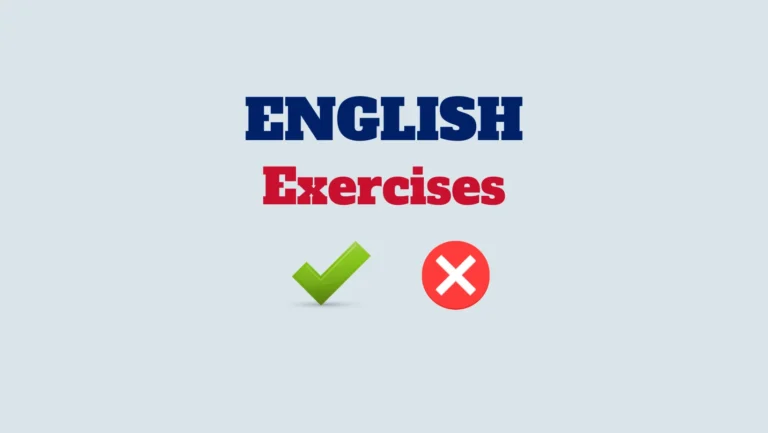Welcome to a comprehensive guide on how to effectively use verbs of the senses—feel, hear, see, smell, and taste—in English. Understanding the nuances of these verbs allows you to vividly express sensory experiences and communicate with precision.

Let’s explore their stative and dynamic uses, transitivity, syntax, and common pitfalls.
Stative uses of verbs of the senses
Definition:
Verbs of the senses are stative, non-action verbs when conveying impressions received through touch, hearing, sight, smell, or taste.
Examples:
“You smell nice.” (NOT you are smelling)
“This soup tastes fantastic. What did you put in it?” (NOT is tasting)
Can/Can’t with verbs of the senses:
Use “can” or “can’t” (and not present continuous) to discuss ongoing sensory experiences.
Example:
“I can see a beautiful woman next to your sister.” (NOT I am seeing)
Dynamic uses of verbs of the senses
Voluntary actions:
Verbs like feel, look, smell, and taste can be used in continuous forms when representing voluntary actions.
Example:
“Why are you smelling the milk? Isn’t it good?”
Feel in progressive tenses:
“Feel” in progressive tenses can express physical or emotional states.
Example:
“How are you feeling?
I’m not feeling very well.”
Hear and smell as action verbs:
“Hear” and “smell” can be used as action verbs with different meanings.
Example:
“I’ve been hearing really strange things about him recently.”
Sense verbs + Infinitive or gerund:
Infinitive or Gerund Usage:
The choice between using gerund or infinitive after certain verbs like “feel,” “hear,” “listen,” “notice,” “see,” and “watch” depends on the meaning you want to convey.
Gerund (verb + -ing):
Use a gerund when you want to emphasize the ongoing or continuous nature of the action.
It suggests that the action is in progress or was experienced as a continuous event.
Infinitive (to + base form of the verb):
Use an infinitive when you want to convey the idea of a complete action or the intention or purpose behind the action.
It suggests the action as a whole or focuses on the purpose of the action.
Examples:
“I heard them singing in the choir.” (Emphasizes the ongoing activity of singing.)
I heard him sing a song.” (Emphasizes the complete action of singing a song.)
“She watched him painting a beautiful landscape.” (Emphasizes the process of painting.)
“She watched him paint to relax.” (Emphasizes the purpose of painting, which is to relax.)
Sense verbs + Adjective, noun, or clause (Linking verbs):
Adjective usage:
Use feel, smell, taste, sound, and look before an adjective to describe sensory experiences.
Example:
“When you use that cream, your skin feels smooth.”
Adjective, noun, or clause with “Like”:
Utilize feel, smell, taste, sound, and look + “like” before a noun or clause.
Example:
“This tastes like chicken.”
“As If/As though” + Clause:
Use feel, smell, taste, sound, and look + “as if” or “as though” before a clause.
Example:
“You sound as if you had a long party last night.”
Seem, appear, and look:
Seem + Adjective, seem like + Noun:
Construct sentences with seem + adjective or seem like + noun.
Example:
“You seem tired.” vs. “The final five minutes seemed like five hours.”
Seem, appear + To + Infinitive:
Use seem and appear with “to + infinitive” to discuss present or past events.
Example:
“She appears to be in very good shape.”
Seem/Appear + That clause:
Employ “seem” or “appear” + “that” clause for conveying information.
Example:
“It seems that he might be telling the truth after all.”
Congratulations on mastering the usage of verbs of the senses! By understanding their stative and dynamic uses, choosing appropriate forms, and avoiding common pitfalls, you are now equipped to express sensory experiences with clarity and accuracy. Continue practicing to enhance your command of these essential grammar concepts. Happy learning!



